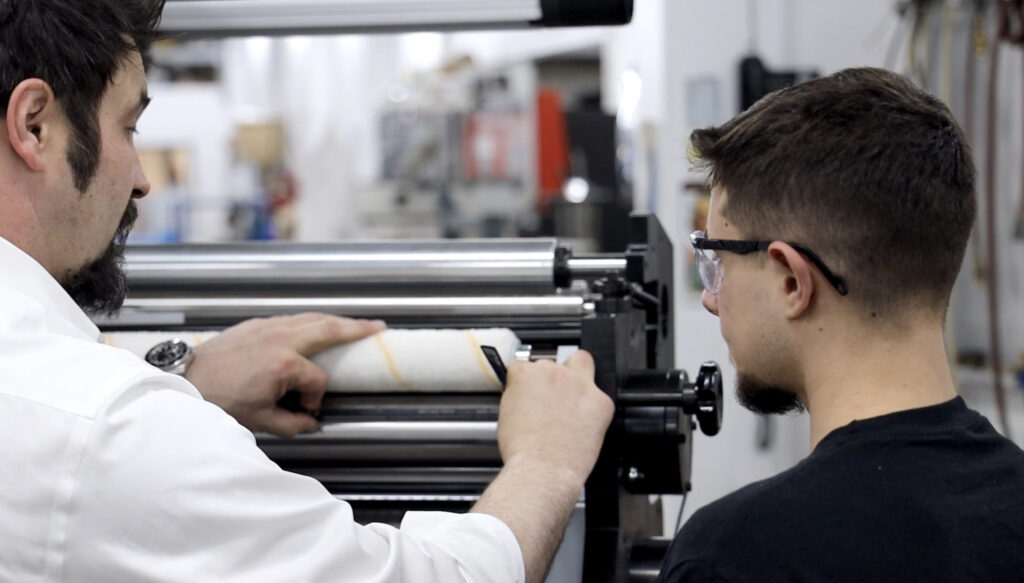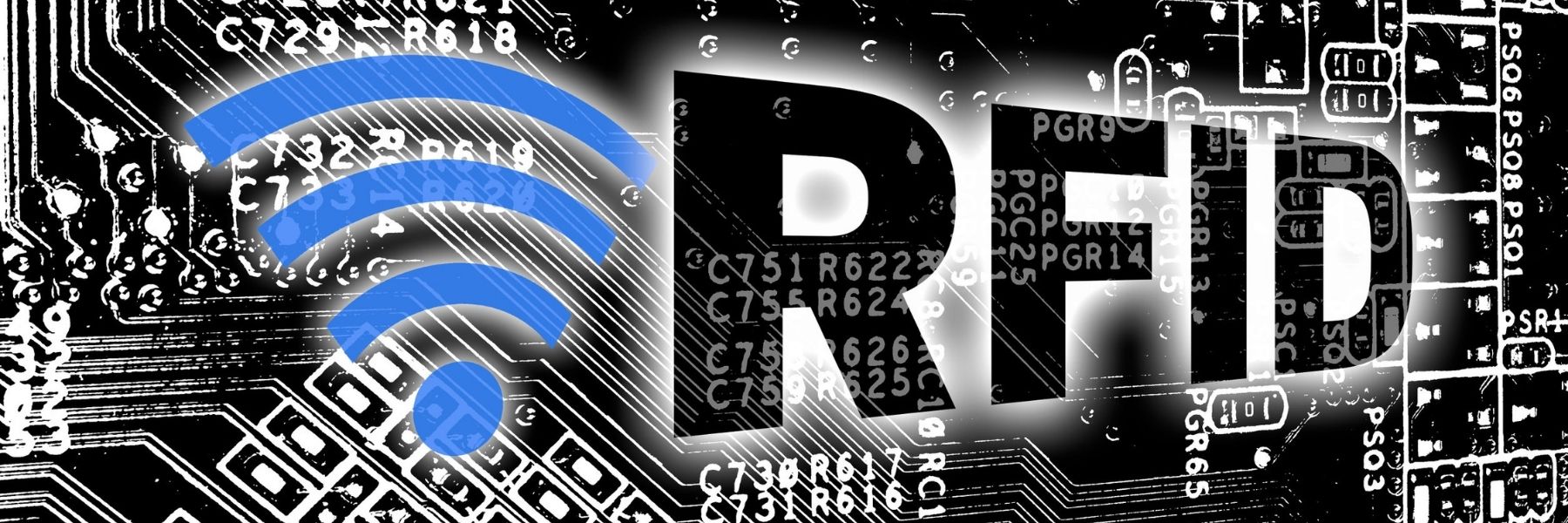RFID chips are the small, highly integrated microchips, also called integrated circuits (IC) that are located inside RFID labels, cards, or tags. These microchips contain a mini microprocessor, memory and a controller. RFID chips work by receiving radio waves that are emitted by an antenna, processing the data and transmitting stored data from the IC.
New RFID technology continues to evolve to produce RFID chips of a higher quality with increased internal memory. RFID chips today may possess a multitude of features and possibilities such as data encryption, passwords, or operate as part of an Emergency Alert System (EAS).
In addition to IC chips, other types of RFID chips include UHF RFID technology and NFC technology.
Ultra-high Frequency (UHF) Integrated RFID Circuits
UHF RFID technology are integrated circuits with four typical characteristics:
- Tag ID (TID) – this creates a unique identifier for RFID tags. TID prevents duplicates by creating a unique tag identifier worldwide which cannot be changed or locked.
- Electronic Product Code (EPC) – this is a universal identifier which provides unique identification for each product or object, allowing customization of a serial number.
- Password – allowing a password prevents unauthorized access and prevents overwriting of the chip.
- User memory – the RFID memory records all required data such as product lot codes, dates and expiration dates.
Near-Field Communication (NFC) RFID Technology
There are three standard features for NFC RFID technology:
- Unique identifier (UID) – each NFC RFID tag has a unique identifier that cannot be changed and is unique worldwide.
- Memory – NFC chips use a standard encoding format to write data in 4-byte blocks such as contacts, locations, dates, URLs, or batches.
- Password – NFC technology contains passwords that must be utilized to prevent unauthorized personnel from writing over the RFID chip.
Typical RFID technology can be utilized up to 130 yards and not in a direct line of sight while NFC requires users’ devices to be a few inches away. Despite the distance issues, NFC can be used as both the tag and the reader which allows more advanced communication.
RFID Chips Produce Many Smart Products
RFID smart products are increasing in many places due to the numerous advantages they provide with reliable technology. There is no doubt savvy RFID applications can gather useful data about consumer habits. The more consumer information a company can accumulate the more accurately they can forecast customer demand.
RFID technology also helps many businesses in a variety of ways such as tracking goods for inventory, allowing employee access into specific or restricted areas, providing theft control of products and many other applications.
Tamarack® Offers RFID Inlay Insertion Solutions
Tamarack® offers RFID inlay insertion systems, inline or offline. Tamarack’s MVW Inline RFID produces RFID labels on a variety of face stocks, with HF or UHF inlays to meet your specific application requirements. Our equipment helps companies create RFID labels for a variety of applications such as:
- Security, access cards
- Data tracking such as file folders for legal and medical purposes
- Logistics, inventory tracking and warehouse management
- Apparel tags, identification and theft control
- Food and beverage industry, lot code and temperature tracking
These are just some examples of the many uses for RFID chips and smart products. Tamarack offers customized equipment solutions to meet your specific RFID inlay insertion requirements.
Tamarack provides solutions for creating a variety of RFID smart products such as labels, tags, and tickets with the MVW Inline RFID inlay insertion system. RFID technology is replacing magnetic tape and barcode applications, becoming more common worldwide in many places like public transportation, logistics, and security. Contact us to learn more about our RFID inlay insertion systems.





